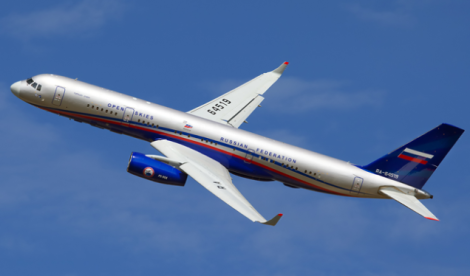Welcome to This Date in Aviation History, getting of you caught up on milestones, important historical events and people in aviation from January 2 through January 4.
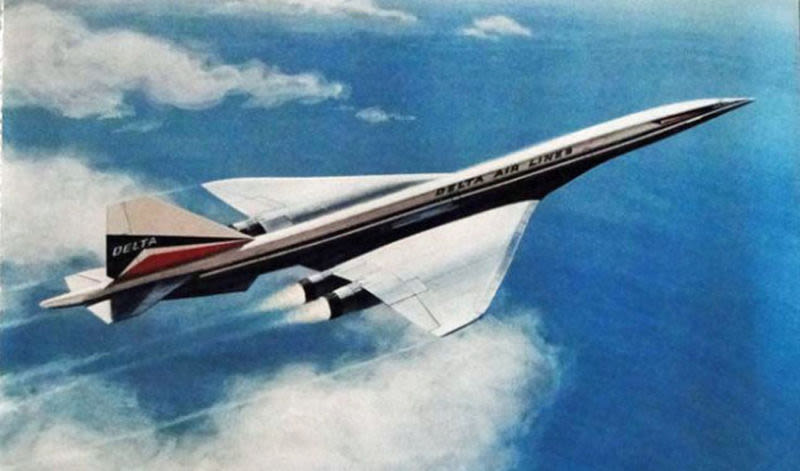
January 2, 1967 – The National Supersonic Transport program awards a contract to Boeing for its 2707 SST design. By the early 1950s, the jet engine had begun to revolutionize commercial aviation, and military aviation had begun to explore speeds beyond the sound barrier. The next logical step in the evolution of air travel would be to combine the two into a supersonic transport (SST). The Americans, Russians, British and French were all working on developing their own SST and, soon after President John F. Kennedy took office in 1953, he announced Project Horizon, which directed the Federal Aviation Administration to investigate advances in civil airline design to keep the US competitive with the rest of the world. But when the French and English joined forces and announced their intention to develop Concorde, the Americans realized that they were far behind Europe in development of their own SST.
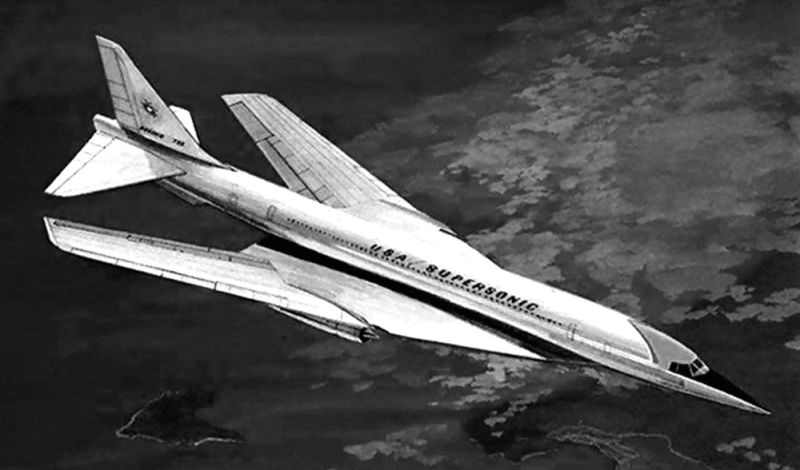
The US government announced a competition to select a design for an American SST, and entries were submitted by North American, Lockheed and Boeing. North American submitted a scaled-up version of the XB-70 Valkyrie, and Lockheed’s design was nearly identical to the Concorde. But Boeing, who had begun work on their own SST in 1952, initially proposed a swing-wing design that would seat about 125 passengers (interestingly, Boeing’s initial proposal bore a strong resemblance to today’s B-1 Lancer supersonic bomber). Boeing’s proposal was selected, but by this time the Americans realized that they were somewhat late to the supersonic party, and with the more mature development of the Concorde, as well as a competing design from the Russians in the Tupolev Tu-144, Boeing decided that the only way to compete effectively was to develop a larger and faster SST, one that could travel at speeds up to Mach 3.

Hearkening back to the groundbreaking 707, Boeing gave their SST the designation 2707. By the time it reached mock-up, the aircraft showed its true size. Unlike Concorde, which had a single aisle, the 2707 was planned as a wide-body aircraft with 2-3-2 seating at its widest point and accommodations for up to 247 passengers in a single-class configuration. But with any aircraft of this size, weight became a serious problem, and the heavy, complex swing-wing design was abandoned in favor of a traditional delta wing. But despite the glamour of flying at up to three times the speed of sound, the realities of supersonic transport were hard to conquer. Flying that fast meant using enormous amounts of fuel and, in an era when the general public was starting to take a concern in the health of the environment, worries over fuel economy, sonic booms and ozone pollution made SSTs unpopular. In fact, with support from environmental organizations, supersonic commercial flight was eventually banned over the continental US, and some states banned Concorde altogether.
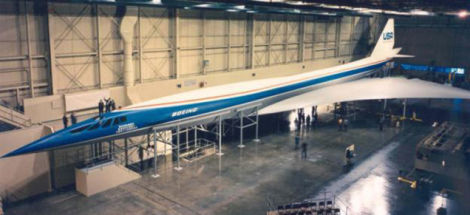
By 1971, even with orders for 115 aircraft by 25 airlines, significantly more than those for Concorde, Congress cut funding for the American SST. The two Boeing prototypes under construction were never completed and, in conjunction with a general downturn in the airliner market, Boeing was forced to lay off over 60,000 employees. Despite Concorde’s successful launch, it was never a money maker for European airlines, and it’s almost certain that the 2707 would have faced the same economic difficulties. While crossing the Atlantic Ocean in three hours is a great feat, and a luxury for those who could afford it, developments in modern jet engine and materials technology have proven that it is far more efficient and economical to travel just shy of Mach 1. Nevertheless, Boeing has not given up on the idea of carrying passengers beyond the speed of sound, and has unveiled plans for hypersonic transport that will fly at up to five times the speed of sound.
Short Takeoff
January 2, 1989 – The first flight of the Tupolev Tu-204, a single-aisle, twin-engine passenger airliner that is comparable to the Boeing 757 and capable of carrying up to 215 passengers depending on variant and class layout. Designed for Soviet flag carrier airliner Aeroflot as a replacement for the Tupolev Tu-154 tri-jet, the Tu-204 features significant innovations over its predecessors, such as fly-by-wire controls, a glass cockpit, supercritical wings and winglets for increased fuel efficiency. The Tu-204 was introduced in 1996 and remains in production, with 85 aircraft completed to date.
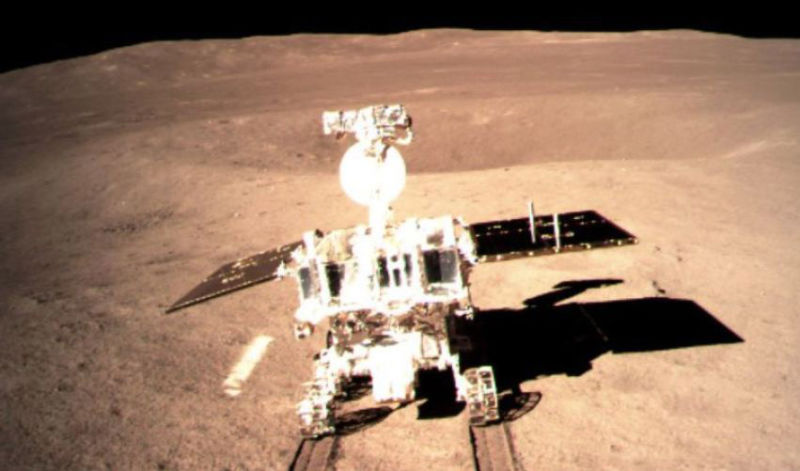
January 3, 2019 – The Chinese-built Chang’e 4 lander becomes first spacecraft to make a soft landing on the far side of the Moon. Chang’e 4 (Chang’e is the Chinese goddess of the Moon) is the third element of an ambitious Chinese Lunar Exploration Program to place spacecraft in orbit around the Moon, explore the lunar surface with robotic rovers, and return scientific samples to Earth. In a graduated program, Chang’e 1 and Chang’e 2 achieved lunar orbit in 2007 and 2010, while Chang’e 3 landed on the near side of the Moon in 2013 and deployed China’s first robotic lunar rover. Launched atop a Long March 3B rocket on December 1, 2013, Chang’e 4 is the first vehicle from any country to make a soft landing on the so-called “dark side” of the Moon, and its Yutu-2 robotic rover is expected to explore the lunar surface for three months, though it could operate for years. Sensors on the lander will perform scientific observations from the landing site. The Chinese lunar program is in preparation for the landing of a Chinese astronaut on the Moon sometime between 2025 and 2030.
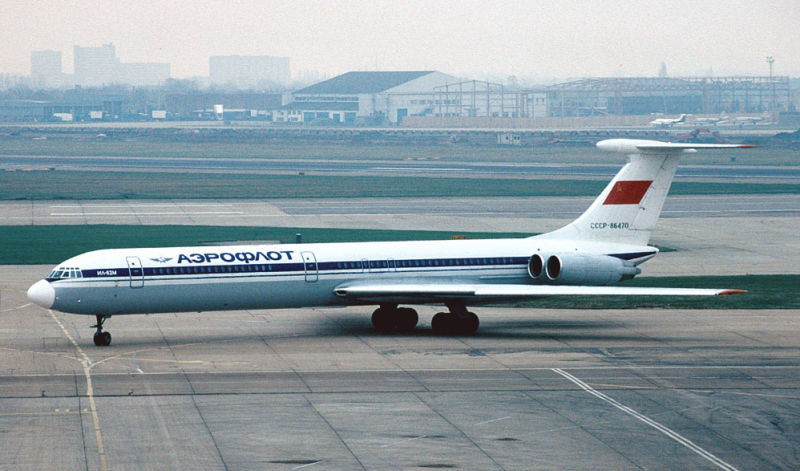
January 3, 1963 – The first flight of the Ilyushin Il-62, a narrow-body, long-range airliner developed by Ilyushin as a replacement for the Il-18 turboprop airliner. At the time of its first flight in 1963, the Il-62 (NATO reporting name Classic) was the largest airliner in the world, and it served as the standard long-range Soviet airliner for many years and remains in limited service today. Similar to the Vickers VC10, the Il-62 groups its four turbofan engines in pods at the rear. It was also the first pressurized Soviet airliner without a circular cross section, and the first Russian jetliner with six-abreast seating. A total of 292 aircraft were built before production ceased in 1995.
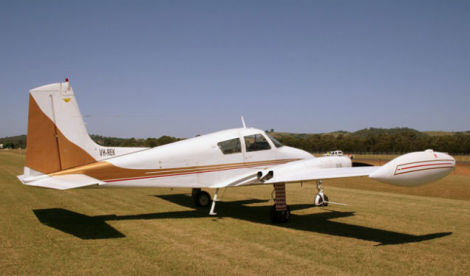
January 3, 1953 – The first flight of the Cessna 310. The 310 was the first twin-engine general aviation aircraft to be produced by Cessna following WWII, and it proved particularly popular with the many air taxi services that arose following the war. With seating for six passengers, the 310 was faster and cheaper to operate than its closest rival, the Piper PA-23, and over 6,000 310s were built from 1954 to 1980. The 310 also served the US Air Force as a light utility transport where it was known as the L-27 (later redesignated as the U-3).
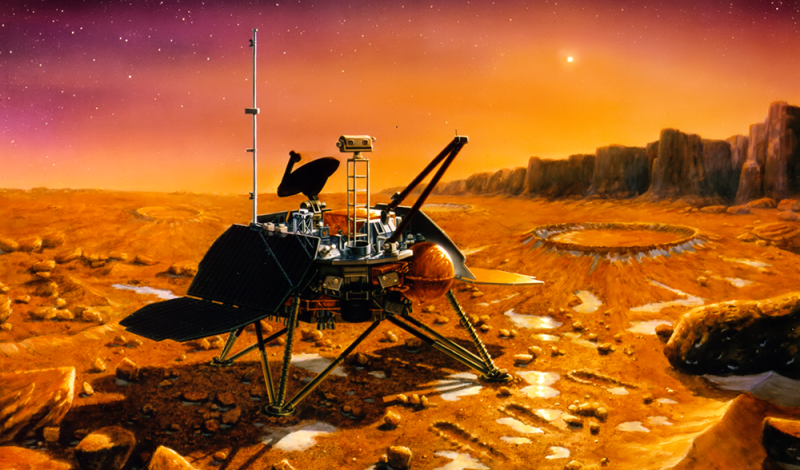
January 3, 1999 – The launch of the Mars Polar Lander. The Polar Lander was a stationary robotic lander that was sent to an area near the south pole of Mars known as Planum Australe. Along with the Mars Climate Orbiter, the two spacecraft were part of the Mars Surveyor 98 program to study the climate and geology of Mars and search for signs of water. However, the Polar Lander was lost when it crashed into the surface of the Red Planet, and scientists surmised that the extension of the landing legs made the onboard computer believe that the lander had touched down when it was actually still 40 feet in the air. The computer shut off the descent engine prematurely and the lander plummeted to the ground. The orbiter was also lost when it entered orbit at too low an altitude due to a discrepancy metric and English units of measurement used by Lockheed Martin, the spacecraft manufacture, and NASA.
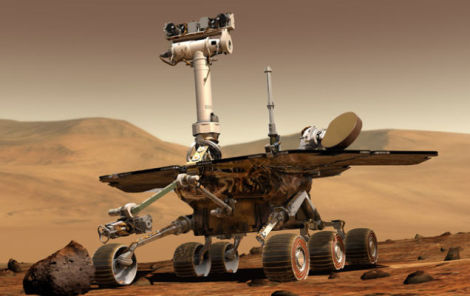
January 4, 2004 – The Mars Exploration Rover Spirit (MER-A) lands on Mars. Following its launch on June 10, 2003, Spirit was the first of two robotic exploration rovers sent to Mars by NASA. Three weeks after Spirit touched down, its sister rover, Opportunity (MER-B), landed on Mars on January 25, 2004. Originally intended to have a 90-day mission, Spirit operated for an astonishing 2,269 Earth days and covered nearly five miles of the Martian surface. On May 1, 2009, Spirit became stuck in soft soil and, after seven months attempting to get the rover moving again, NASA declared that it could not be freed. Spirit continued to make stationary observations until contact was lost on March 22, 2010. Opportunity, also designed for a 90-day mission, was last heard from on June 10, 2018, a remarkable 5,295 Earth days after landing.
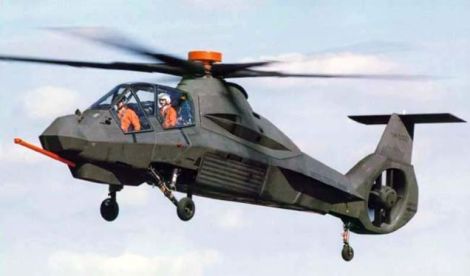
January 4, 1996 – The first flight of the Boeing-Sikorsky RAH-66 Comanche. Designed as a stealthy complement to the Boeing AH-64 Apache attack helicopter, the Comanche underwent nearly $7 billion of development before being canceled in 2004. The Comanche was designed to designate targets for Apache helicopters to destroy, but it would also be armed with missiles of its own to engage enemy targets. Two Comanches were built and tested, but the Army decided the money would be better spent upgrading existing helicopters and developing unmanned aircraft. Both Comanche prototypes are on display at the United States Army Aviation Museum at Fort Rucker in Alabama.

January 4, 1989 – For the second time, US Navy fighters shoot down Libyan fighters over the Gulf of Sidra. Contrary to international convention, Lybian leader Muammar Gaddafi had claimed the entire Gulf of Sidra as Lybian territorial waters, rather than the internationally agreed 12-mile limit. The US Navy, in a challenge to that claim, was operating 80 miles north of Libya when two Libyan MiG-23 fighters appeared to engage two US Navy Grumman F-14 Tomcats flying from USS John F. Kennedy (CV 67) that were providing air cover for the American fleet. The Tomcats shot down both MiG-23s, killing the Libyan pilots, though Libya made no attempt to rescue the downed airmen. The Libyan government claimed that the aircraft were reconnaissance planes, but gun camera footage showed that the fighters were armed with missiles and had locked on to the American fighters.
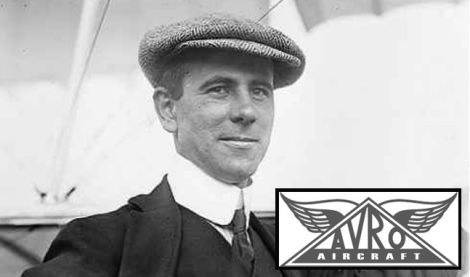
January 4, 1958 – The death of Sir Alliott Verdon-Roe, a pioneering aviator and the founder of the A.V. Roe Company (Avro). Roe was born on April 26, 1877 and first worked as an engineer for the Merchant Navy, where his interest in flight was reportedly kindled by observing albatrosses in flight. He began his work in the aviation industry as a draftsman before working on his own design of gliders, and won a prize in 1907 for one of his aircraft. Roe built his first full-sized aircraft, the Roe I Biplane, based on this model. On January 1, 1910, Roe teamed with his brother Humphrey to found the A.V. Roe Company, better known as Avro. The company’s most successful design of WWI was the Avro 504, of which more than 10,000 were built during a 19-year production run. During WWII, Avro produced England’s principal heavy bomber, the Avro Lancaster, and built the Avro Vulcan jet-powered bomber during the Cold War. In 1948, Roe left the company he founded to join with Samuel Saunders to form Saunders-Roe, which functioned until 1953 and was best known for its flying boats, before it was absorbed by Hawker Siddeley.
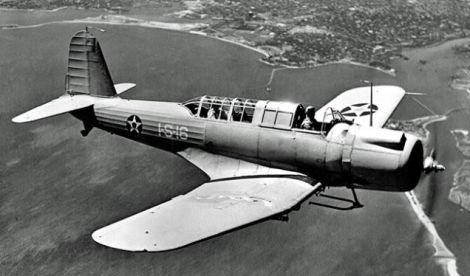
January 4, 1936 – The first flight of the Vought SB2U Vindicator, the first monoplane dive bomber to serve the US Navy. The Vindicator had an all-metal folding wing, but its fuselage was still of the older fabric-covered tube construction, strengthened by aluminum plate from the nose to the end of the rear cockpit. It carried a single 1,000-pound bomb on a trapeze to clear the propeller, plus additional bombs under the wings. The Vindicator served the US Navy, Marine Corps, the French Navy and the Royal Navy (where it was known as the Chesapeake), but was mostly obsolete by the outbreak of WWII. A few Vindicators fought in the Battle of Midway in 1942, but all were relegated to training duties by 1943. Vought produced 262 Vindicators, and the type was retired in 1945.
Connecting Flights
If you enjoy these Aviation History posts, please let me know in the comments. And if you missed any of the past articles, you can find them all at Planelopnik History. You can also find more stories about aviation, aviators and airplane oddities at Wingspan.
